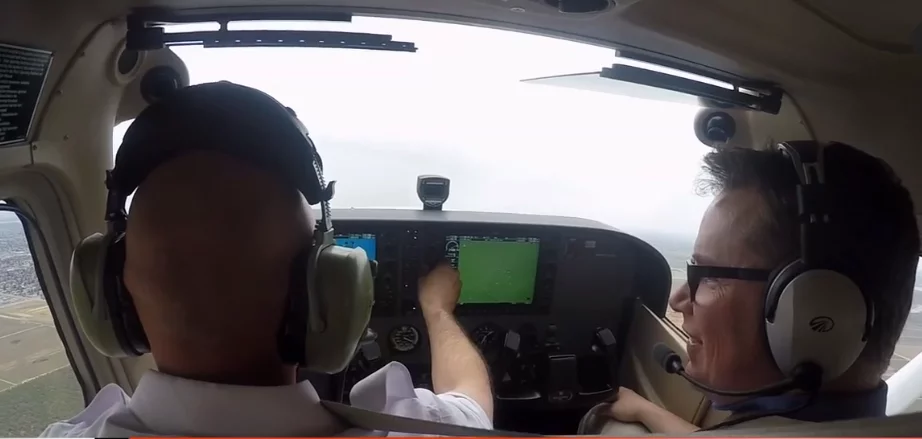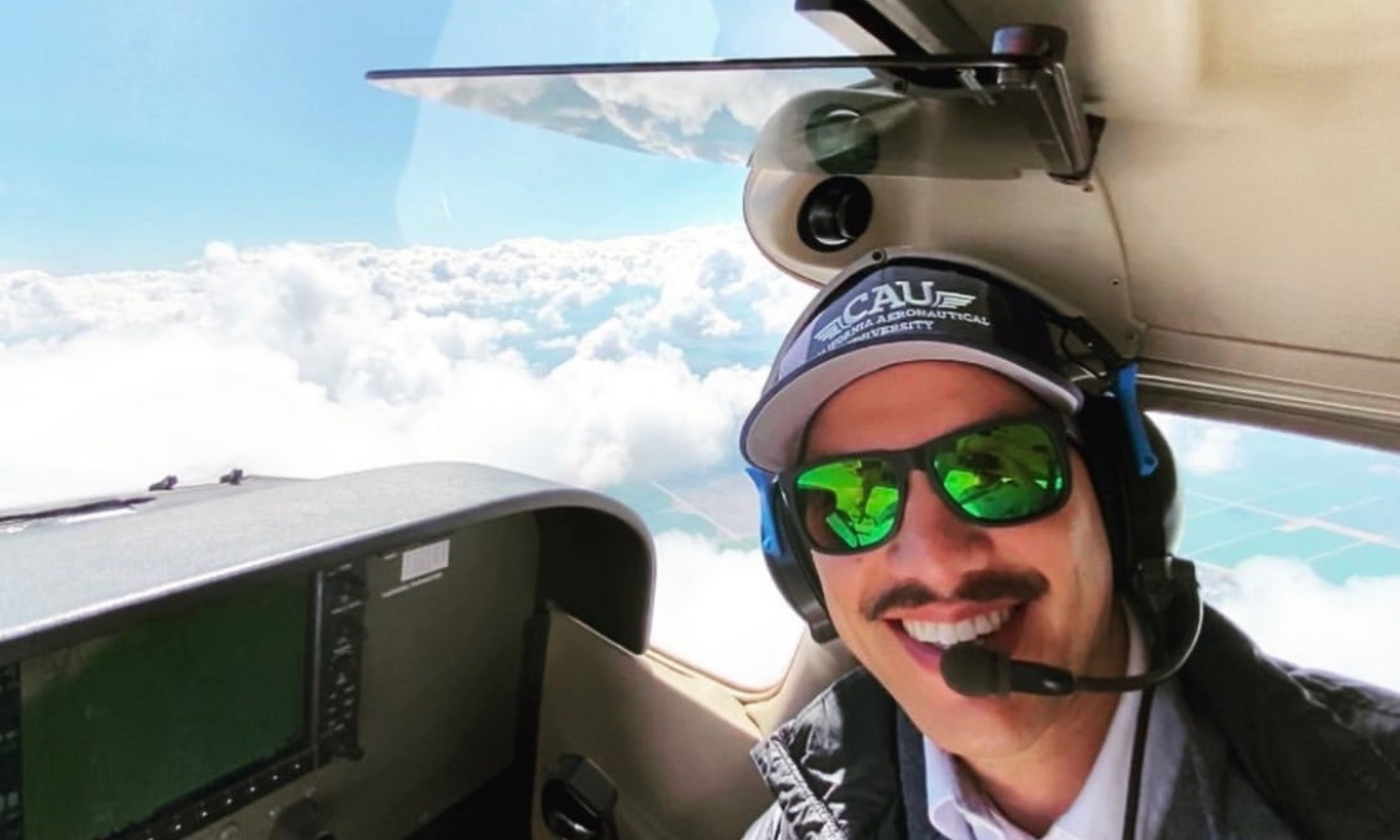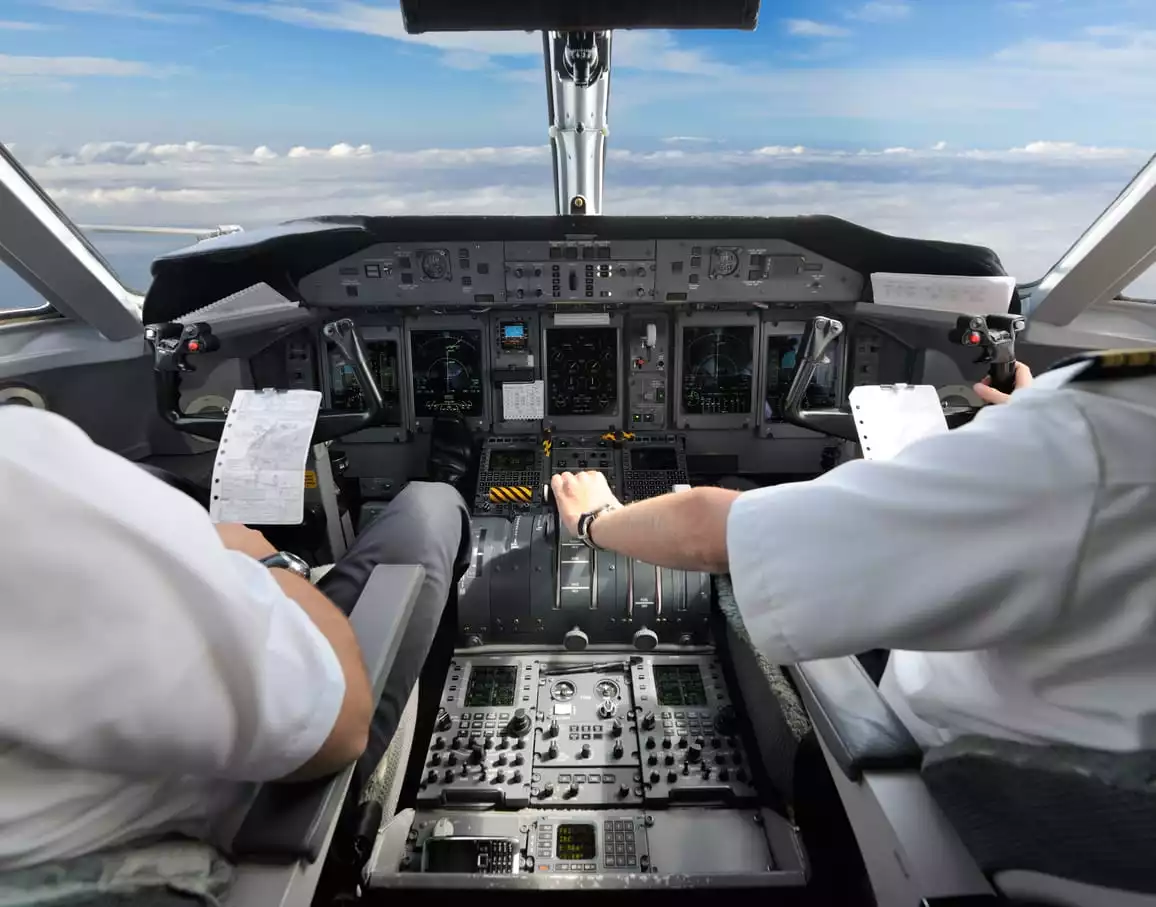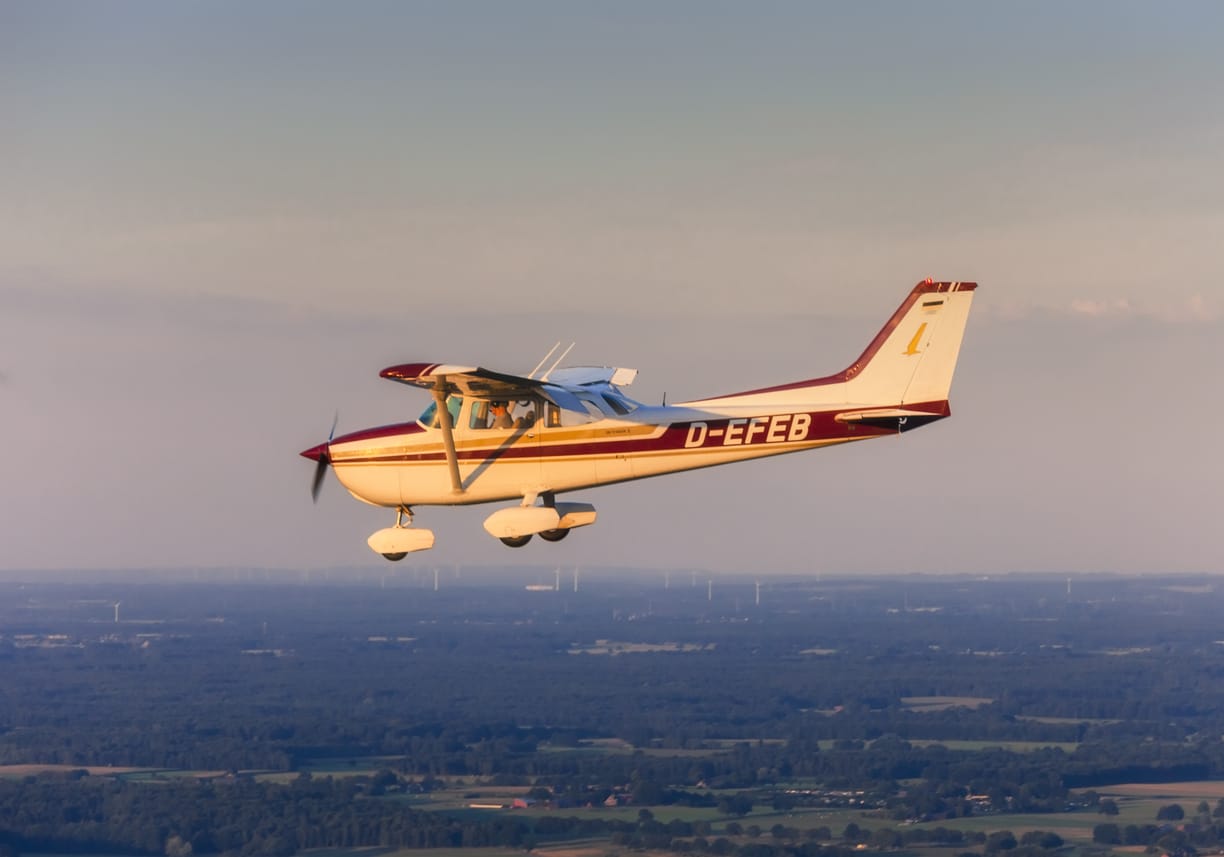To earn different types of pilot certificates and ratings, a student must fly cross country. These four cross country flight planning tips can help you succeed.
[lwptoc numeration=”none”]
Undertaking a cross country flight is an Federal Aviation Administration (FAA) requirement for earning the sport pilot certificate, the private pilot certificate, and more advanced ratings and certificates. A cross country flight, also abbreviated as XC, refers to distance flying from one point to another. A cross country flight must include the use of dead reckoning, which is using airspeed, distance, time, and distance calculations, as well as reference to visual landmarks, to aviate.
Long cross country flights need to include a landing at a point different from the place from which the pilot departed; three full-stop landings must take place in a long cross country. Pilots are also expected to use electronic navigation aids, radio equipment, and other apparatus to make their journey. At least one leg of the flight need to be fifty nautical miles in a straight line distance from the departure point. In addition, the long cross country flight is required to involve three takeoffs, all from an airport with a control tower in operation. The entire flight needs to cover at least 150 nautical miles.
Pilots who fly cross country must be prepared to not only aviate on their own and conduct a thorough preflight and demonstrate the ability to file an accurate and workable flight plan. Before undertaking any of this, pilots are undergo at least 20 hours of training with an FAA certified instructor, as well as at least 10 hours of solo flying in the aircraft in which they seeking to be rated. While there are many moving parts to a successful cross country flight, careful planning can make it easier and more enjoyable.
1) Obtain a Current Weather Briefing
Obtaining a weather briefing is one of the most important aspects of cross country flight planning. Since the pilot is travelling to an area so far from the point of departure, the conditions might be different at one of the destination airports, or the pilot might encounter weather at an in-between point. The best way to plan for this is to understand the conditions aloft, as well as on the ground, and to plan accordingly.
This can allow the pilot to plan for deviations from the flight plan, as well as routes around potentially dangerous weather systems. It informs the pilot on potential turbulence and wind conditions. Such information can help the pilot to plan ahead and to study developing conditions. Pilots can use radar information, wind speed readings, notams (notices to airmen), and information about in-flight weather conditions to make good decisions.
2) File a Flight Plan
Filing a flight plan can seem like a chore, but it is an important part of operating as a safe pilot. In the event a flight does not arrive at its stated destination within 30 minutes of its expected landing projection, the FAA’s Flight Service will go into action to find the pilot and the airplane listed on the flight plan. This might even involve search and rescue operations. It is a good way to set a pilot’s mind at ease before beginning a longer cross country journey.
Flight plans ask pilots to identify if the flight will function under Visual Flight Rules (VFR) or Instrument Flight Rules (IFR) or both, as the flight’s conditions demand. Pilots must list the aircraft’s identification number, the aircraft type, and whether or not the aircraft is carrying a transponder or any specialized equipment. The airport identifier code of the departing airport is listed, along with the proposed departure time.
A complete flight plan also includes the airplane’s cruising altitude and route with any airport codes along the route. The estimated in route time, along with the intended destination airport with its potential alternates, are listed as well. There is also a space on a flight plan form to include any special remarks, such as what the airplane’s designated call sign is. All of this information is extremely helpful to Flight Services when attempting to track down a flight which has not landed at the stated time.
3) Be Safe and Smart
During cross country flight planning, it is best for pilots to consider what the worst case scenario might be. This eliminates the possibility of becoming frozen by indecision in the event of an emergency. By relying on training and what the pilot has experienced in training flights, the pilot can create a sensible safety margin and have a strong plan in place.
Knowing how to read clouds, developing meteorological conditions, and wind direction is an essential aspect of this. There is a reason why the cross country flight is a requirement for successful completion of a pilot certificate: It asks the pilot to use all the skills he or she has been studying and practicing throughout his or her training. It is important to remain flexible at all stages of the cross country. Modification can take place and air traffic controllers are ready to do their jobs and assist with any changes.
4) Have a Strong Education
Flying cross country can seem daunting, but student pilots who are well prepared will undertake this necessary task with confidence. Cross country flight planning is an essential part to complete this task safely. Reputable flight schools and aeronautical universities such as California Aeronautical University (CAU) prepare students for various certificates and ratings, and a career in aviation. Whether aiming for an instrument rating, a commercial pilot certificate, or another aviation goal, CAU will instruct students in Special Emphasis Area information applicable to cross country flying. Students can achieve this as part of a degree program, or as an aspect of flight training.
These include long range flight planning, instrument knowledge, use of holding patterns, and working with information from ARTCC (Air Route Traffic Control Centers) as well as TRSAs (Terminal Radar Service Areas.) Students will also learn about instrument flying, navigational aids (NAVIDs), and human factors as they apply to avionics. Such preparation will ready a student for emergency situations, flying with passengers, operating as a pilot for pay, and even instructing other student pilots.
Ready to soar in your aviation career?
Mr. Matthew A. Johnston has over 23 years of experience serving various roles in education and is currently serving as the President of California Aeronautical University. He maintains memberships and is a supporting participant with several aviation promoting and advocacy associations including University Aviation Association (UAA), Regional Airline Association (RAA), AOPA, NBAA, and EAA with the Young Eagles program. He is proud of his collaboration with airlines, aviation businesses and individual aviation professionals who are working with him to develop California Aeronautical University as a leader in educating aviation professionals.



